Celebrity Gossip & Gist
See This Tribe in Congo Where Women May Marry Several Men Just To Become Village Wife!!
The Lele people are a subgroup from the Kuba Kingdom of the Democratic Republic of Congo who originally lived along the Kasai River region.
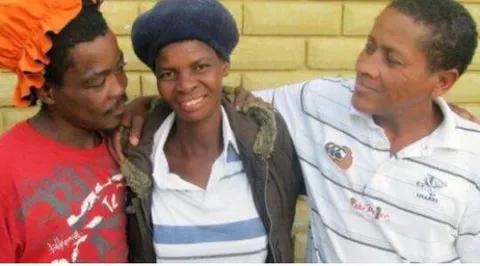
Because of the slash and burn agricultural system they practice, the Lele set up temporary villages as they move every ten to fifteen years. In the seventeenth and eighteenth centuries, the Central African interior witnessed the fluorescence of three large-scale, multiethnic states:
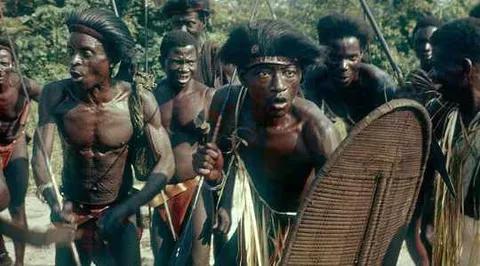
Kuba (discussed below), Luba, and Lunda. Imported crops and technologies and alternative models of leadership promoted strong, centralized governments that subdued neighboring chiefdoms and regulated trade routes, increasing the wealth and relative stability of the region.

Client states, incorporated into these empires via warfare and strategic alliances, gained the political systems and courtly traditions of their overlords. Art forms and insignia associated with imperial rule spread throughout the region.
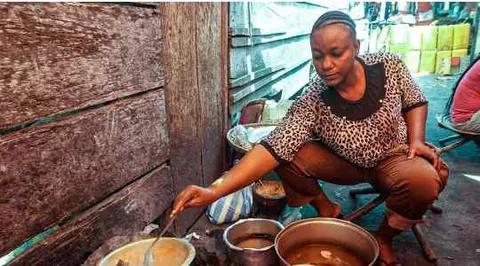
Nestled in the fertile forest and savanna bordered by the Sankuru, Lulua, and Kasai rivers, the Kuba kingdom was a conglomerate of several smaller principalities of various ethnic origins. Sometime around 1625, an outsider unseated a rival ruler and unified the area’s chiefdoms under his leadership.
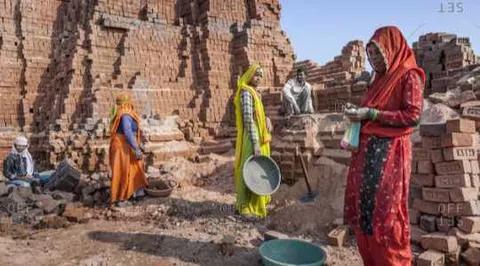
This man was Shyaam aMbul aNgoong “the Great.” Kuba oral histories reveal that he was the adopted son of a local queen who left his home to travel to the Pende and Kongo kingdoms in the west.

-

 Lifestyle1 day ago
Lifestyle1 day agoFour boys banished for life from upper-Benin over alleged g@y act (Video)
-
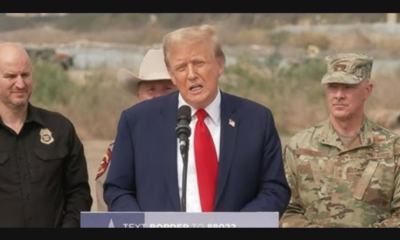
 News1 day ago
News1 day agoTrump announces plan to use military for mass deportation of Nigerians and others
-

 Celebrity Gossip & Gist1 day ago
Celebrity Gossip & Gist1 day agoMixed reactions as singer Wizkid gives his colleague Davido a nickname
-

 News1 day ago
News1 day ago“The best way to honor Ifeanyi Ubah is to release Nnamdi Kanu so that the Igbos can go home and reorganise their place” – Senator Rochas Okorocha tells FG







